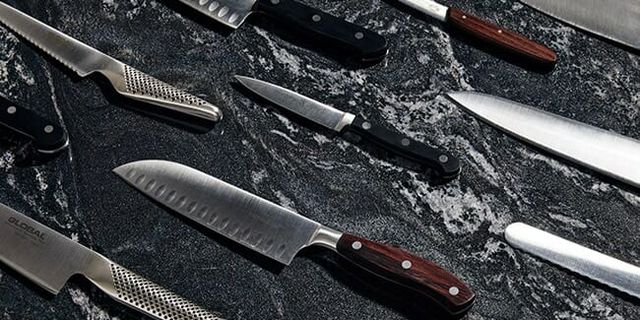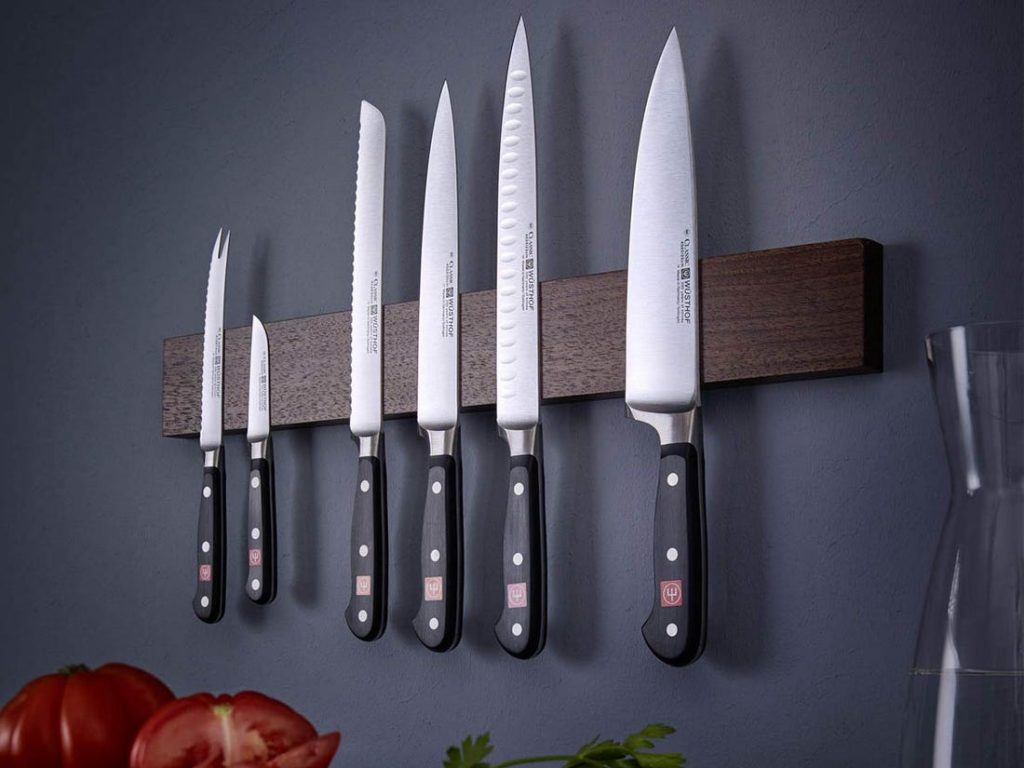
There are two different types of kitchen knives. The first is the manufactured knife, where the edge is made by pressing hot steel into a shape. The cutting edge is then passed through some machines or knocked out to take on a specific shape. This type of sharp edge costs significantly more cash but is much better suited.
The other type of knife is a step knife made by cutting the edge from a single sheet of steel. After removal, the cutting edge goes through a cycle in which it is executed and ground. The stepped edge style is slimmer than the manufactured ones, and they are generally a little uneven.
Different types of knives should be in every kitchen. The first is a boning knife, suitable for removing the bone from meat with a 5 to 6-inch edge. The tight, sharp edge makes it easy to move and cut the meat off the bones. If the size of the bone is large, the knife should also be huge at this point.
The knife is an indisputable requirement in the kitchen because you use it in numerous different processes. You can get a culinary specialist. If your hands are small, don’t expect the ability to control a 12-inch knife well. The more humble the hand, the more humble the sharp edge should be. Use a culinary expert. Knives for dicing, chopping, cutting, or splitting.

A blade is a decent knife to have in the kitchen if you have to frequently cut thick things or chop your way through a bone. Knives take after a hatchet with a thick edge that can be up to 6 crawls long. It would be best if you also had small knives like a bread knife make short work of cutting a loaf.
A cutting knife is mostly used for cutting cooked meat. There are pointed and round cutting knives. The edge is unbent and, for the most part, about 8 inches long. The sharp point is used to get around the bone when cutting. It is regularly accompanied by a cutting fork, which will help keep the food steady as you cut with the knife.
Utility knives can be used for pretty much anything. The rim is usually about four to seven inches long, and you can cut vegetables, apples, and other natural products, garlic, and spices. Now and then, you can find a utility knife with a serrated edge.

